Review for Murders In The Rue Morgue / The Black Cat / The Raven: Three Edgar Allan Poe Adaptations Starring Bela Lugosi (Masters of Cinema) Ltd Edition 2-Disc Blu-ray
Introduction
I’m not the biggest horror fan in the world, but on occasion I do like to try something new, something different to cleanse my palate, and I’m rarely disappointed when a company like Eureka send me some unsolicited check discs. Although this time, I’m trying something old. My experiences with horror movies have generally been contemporaneous, I first encountered films like Halloween and A Nightmare on Elm Street when I was a boy, and when I did try others, they were from the period I was living through. It’s very rarely that I looked backwards, and even when I did it was never earlier than the Hammer movies. Perhaps that’s why I’ve never really warmed to horror as a genre. This collection from Eureka could rectify that, as it takes us right back to the birth of horror as a film genre. It’s the era of actors like Lon Chaney, Boris Karloff, and in this case Bela Lugosi. These are films from Universal that move away from their established horror favourites like Dracula, Frankenstein, the Wolfman and the Mummy, and instead adapt the writing of acclaimed author Edgar Allen Poe.
In this collection you get Murders in the Rue Morgue (60:37) on one disc, and The Black Cat (65:30) and The Raven on a second disc, three classic Universal horrors plus copious extras. All three films date from before 1935 and the enforcement of the Hays Code in the US. The first run release will also get a 48 page booklet with writing on all three films.
Introduction: Murders in the Rue Morgue
A trip to the carnival in Paris in 1845 might seem like fun, but when medical student Pierre Dupin escorts his girlfriend Camille on a night out, they uncovers something truly horrific. One of the ‘acts’ in the sideshow is a gorilla named Erik, exhibited by Doctor Mirakle as an example of evolution. He has the temerity to claim that humans and apes are related. He has an experiment planned to prove his theory, to ‘mix the blood’ of human and ape, and when Erik shows an interest in Camille, Mirakle becomes determined to obtain his next experimental subject.
The Disc: Murders in the Rue Morgue
Murders in the Rue Morgue is presented with a 1.37:1 pillarboxed 1080p monochrome transfer with PCM 2.0 mono English audio and optional English subtitles. The image is relatively clear and sharp, with good contrast and strong detail. Certainly darker scenes and shadows fare well, which is essential in a horror movie. The print is relatively clean, but does suffer from signs of age, and moments of minor damage. The sets are moody and evocative, while the lighting and make-up is very effective in establishing atmosphere. The audio is fine, the dialogue mostly clear, although higher frequencies can be a tad harsh at times.
Extras: Murders in the Rue Morgue
The first disc boots to a static menu.
You get an audio commentary from Film Historian Gregory William Mank, which alternates between stating the obvious, and being really quite informative.
There is an Alternate Soundtrack for the film, with added musical cues. This is also in PCM 2.0 mono form.
The Kim Newman Interview lasts 28:49, and he looks at the Universal Poe movies, and these three in particular.
The Tell-Tale Heart read By Bela Lugosi is a 13:21 bit of radio theatre.
The trailer lasts 1:35, and to top things off there is a stills gallery.
You may be wondering why a one-hour feature got a disc all to itself. The reason is hidden behind an Easter Egg. In the commentary, you can hear how the first cut of Murders in the Rue Morgue was rejected by the studio, and a different edit demanded, one which made the most of its ‘star’ Sidney Fox. There is a lot more detail on this in the booklet that comes with the set. With a bit of detective work and logical extrapolation, the conjectured original cut of Murders in the Rue Morgue has been reconstructed, and is hidden here for you to find, properly kicking off the story with some macabre spookiness. It doesn’t improve the film any, but it does make it flow better. It lasts 60:19 with the same specifications as the main feature, and to access it...
SPOILER:
Highlight the Stills Gallery in the menu and press the left arrow button on your remote. The film title will be highlighted, and if you press OK, the ‘original’ cut will play after a screen of explanatory text.
Conclusion: Murders in the Rue Morgue
I would have thought that you couldn’t go wrong with a mad scientist in a horror movie, and as a crazy clinician, Dr Mirakle is up there. The euphemism is pretty transparent. He means to find his ape Erik a human mate, and by ‘mixing the blood’ prove that humans are related to apes through evolution. It is bestiality, combined with a crazy scientist that should chill the blood, and quite early on, when Mirakle picks up a prostitute as a potential candidate, his torturous experimentation could have been an effective horror, were it not for the way the film is edited (hear more about that in the commentary).
However, as well as the editing, the film suffers from some rather poor elements. The ape is accomplished with a man in a suit (the same actor would don the same suit for a more memorable Laurel and Hardy comedy), coupled with close-ups of a chimp. The damsel in distress, Camille is really quite forgettable, while there is a parallel plot thread of Pierre investigating the prostitute murders which again would have worked had the film been edited more fluently, but in the end he feels like an ineffectual character. And then the end is obviously lifted from King Kong.
The bottom line is that I tried, I tried to watch this film with naive eyes, to take its story at face value, but it really does sell a racist agenda which might have appealed to audiences thirty years before the civil rights movement, but which leaves a sour taste in the mouth today. Murders in the Rue Morgue might have some value when it comes to its technical qualities, the way actors are lit and shot, certainly Lugosi’s performance is notable, but it’s not the film to convince me of the groundbreaking nature of Universal Horror from the 1930s.
4/10
Introduction: The Black Cat
It was supposed to be a honeymoon trip for newlyweds Peter and Joan Alison, but it doesn’t get off to the greatest start when they have to share their train compartment with the decidedly unsettling Doctor Vitus Werdegast. He’s a survivor of the last war, and spent 15 years in prison for his troubles. Now he’s on the way to visit his old friend Hjalmar Poelzig, an architect that has a house in the mountains. Their acquaintance is extended when a traffic accident causes Joan an injury, and Werdegast takes them with him to find shelter with Poelzig. If they thought Werdegast was unsettling, Poelzig is downright creepy, but there is more going on here than meets the eye. Werdegast has an ulterior motive to see his old friend, while Poelzig has a macabre collection in his basement.
The A/V: The Black Cat
The film gets a 1.37:1 pillarboxed 1080p monochrome transfer with a PCM 2.0 mono English soundtrack. We’re in the same territory as Rue Morgue here, with a generally clear and stable transfer, quite sharp and with good contrast and detail throughout. Grain is evident and there is the odd filmic flicker, but the print is noticeably afflicted by minor damage and flecks of dirt. The audio is fine, the dialogue is clear, and the film makes substantial use of classical music. Naturally there is a scene with Boris Karloff pounding away his frustrations at an organ with a bit of Bach.
Extras: The Black Cat
The disc’s main menu is split into halves, with the options and extras for The Black Cat listed on the left, while The Raven’s extras are listed on the right. I’ll just list the extras for The Black Cat here.
The audio commentary from Film Historian Gregory W. Mank is well worth listening to. Eureka also solicited a commentary from Amy Simmons, but it isn’t on the final disc.
Cats in Horror is a 12:47 featurette narrated by Lee Gambin.
The Black Cat Radio Adaptation read by Peter Lorre lasts 26:02.
There is 49 seconds of Vintage Footage, the cat audition mentioned in the commentary.
Finally for the Black Cat, there is a Stills Gallery.
Conclusion: The Black Cat
My perception of the Universal Horrors was that they were all about the monsters, Frankenstein’s monster and his bride, Dracula, the Mummy, the Wolfman and so on, and with Murders in the Rue Morgue’s gorilla doing little to change that idea, I wasn’t expecting much different from The Black Cat. Instead, this film turned out to be more of a psychological horror, and I have to say that I appreciated it a fair bit more for that.
Joan and Peter Alison serve as the audience proxy into this twisted story, tethering Bela Lugosi’s creepy but sympathetic psychiatrist and Boris Karloff’s ominous architect into a reality that we can comprehend. Certain clichés are observed, the perilous trip that ends in an accident leaving the protagonists to seek shelter in a creepy castle, only here the creepy castle is a wonderfully designed, and for the period contemporary art deco mansion. The denizens of that mansion are uniformly chilling though, with Peter and Joan certainly stepping into the lions’ den.
But the monstrosity that drives this story is a very real one, and given the story’s timeline, most likely the Great War. Both men are survivors of that trauma. Vitus Werdegast went off to fight, was captured and served time in prison. Now a free man, he’s returning home to find what happened to his wife and daughter. Hjalmar Poelzig on the other hand apparently survived that war in more than style, although he’s constructed his mansion at the site of one of the war’s worst massacres. Werdegast clearly suspects the man of some monumental betrayal that has afforded him his wealth and opportunity. That obviously indicates that Poelzig is a man obsessed with death and atrocity, and that is certainly borne out at first by his demeanour, and as the film unfolds, his actions.
A man twisted by war into a monster, and a man thirsting for vengeance; this isn’t going to end well, and Joan and Peter are caught right in the middle. I really enjoyed The Black Cat, and despite having to suggest and imply, rather than be more explicit to satisfy even the Pre-Code censors, certain aspects of the story still proved to be unsettling over 80 years down the line. Another thing I was pointedly reminded of is how films influence and inspire each other through the ages. I saw Vitus’ demise in The Black Cat and I was instantly reminded of Khan’s end in The Wrath of Khan. The only off-key note in the whole film was the comic-relief cop interlude, which served to ease the suspense at the exact moment the film should have been piling it on.
The Black Cat is a big improvement over the first film, and although I’m not fully versed in the genre or the period, it’s certainly the best Universal horror movie I’ve seen. Let’s see if The Raven will be even better.
8/10
Introduction: The Raven
When Jean Thatcher is critically injured in a car accident, her distraught father goes to the only surgeon who can save her, Dr Richard Vollin. But Vollin is retired, and spends his days obsessing about the author Edgar Allen Poe. Judge Thatcher uses all his powers of persuasion, but Vollin may not be the right man for the job. He has the skill to save Jean, but in the process he becomes infatuated with the young dancer. He’ll do anything to possess her, and when small-time criminal Edmond Bateman shows up at his door looking for a quick face-lift to avoid the authorities, he becomes the ideal tool to remove all impediments in Vollin’s pursuit of Jean, once Vollin has reshaped him that is.
The A/V: The Raven
Reading the blurb for The Raven, the film gets a 2k restoration from original film elements for the release here, and I have to say that the 1.37:1 pillarboxed 1080p transfer is certainly more stable, cleaner, and free of print damage compared to the other two films, but you still have to account for a film over 80 years old, prone to occasional softness and offering decent contrast and good detail. It is the best looking of the three films, although the PCM 2.0 Mono English audio track is on a par with the other movies. The dialogue is clear, although just a little low in volume compared to the music.
Extras: The Raven
On the disc you’ll find the following extras.
There is an Isolated Music and Effects Track.
There are two audio commentaries here, one with Film Historian Gary D. Rhodes, and one with author and film critic Samm Deighan.
American Gothic by Kat Ellinger is a video essay on the genre. This lasts 14:59.
The Tell-Tale Heart – Radio Adaptation with Boris Karloff lasts 26:42 and is a radio play performance of the Poe short story.
Finally there is a Stills Gallery.
Conclusion: The Raven
Supposedly, The Raven was the last gasp of unadulterated horror from Universal, before the Hays Code in the US neutered the genre. It was also the film which so offended UK censor sensibilities that US horror was banned from the UK for two years following its release. Having seen the film, I don’t see that, certainly when compared to The Black Cat, which is far closer to the edge when it comes to offending audience sensibilities. It’s as if the filmmakers could already sense which way the wind was blowing when they made The Raven, and pre-empted the censors by toning the story down. There’s a lot less in the way of implied gore, and the romantic relationships are suitably chaste.
Vollin is the insane doctor who obsesses about Poe to the degree that he’s reconstructed various torture devices in his basement. Pulled out of retirement to save Jean Thatcher’s life, he falls for her, especially when he sees her performing an interpretive dance of Poe’s The Raven. She’s already engaged, and her father sees the danger of Vollin’s attention and tries to keep them apart.
Vollin realises that he has to deal with the impediments, and sees the way when the criminal Bateman shows up at his door. Vollin deliberately disfigures him, promising to restore his face, if he does his bidding, namely getting rid of Jean’s father.
There are certainly none of the unfortunate overtones of Murders in the Rue Morgue, but on the other hand, there’s none of the edgy complexity of The Black Cat. The Raven is a pretty simple, single dimensioned tale of an obsessed man and his basement of horrors. He’s ruthless about obtaining his desire, but is ultimately hoist on his own petard.
6/10
In Summary
My experience of Universal horror movies from the 1930s is limited enough to make me a novice, while as I’ve often stated, I’m not a fan of the genre to begin with. I’m not going to see in these films what devoted fans will see. But I have to say that The Black Cat really did stand out for me. It’s a complex film with a fascinating psychological core to its tale, and in the roles that Lugosi and Karloff play, we have this confrontation of equals. You could compare their chess game here to the meeting of Pacino and DeNiro in the diner in Heat. And through implication, this horror movie goes to some dark places that even modern horrors fear to tread. Alas, I couldn’t appreciate Murders in the Rue Morgue and The Raven in the same way, although one thing is clear from all three, any connection to Edgar Allen Poe is tenuous at best.
Fans of the genre will delight in this collection from Eureka though. The quality of these three films, over eighty years old, is really quite splendid on these discs, and they come with the sort of extra features that will really serve to delight and entertain.
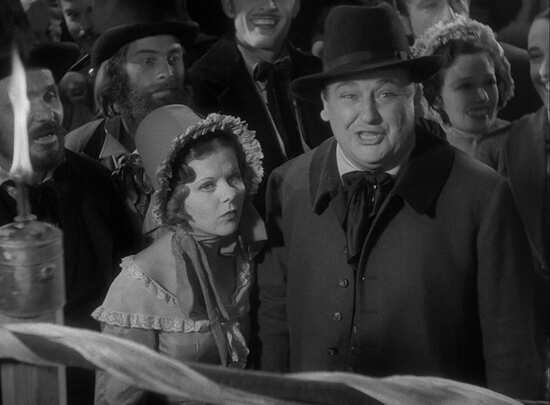
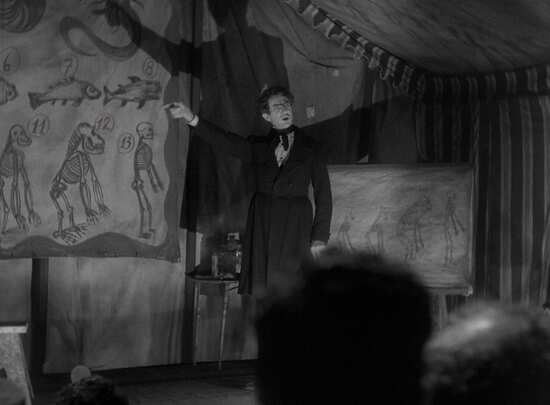
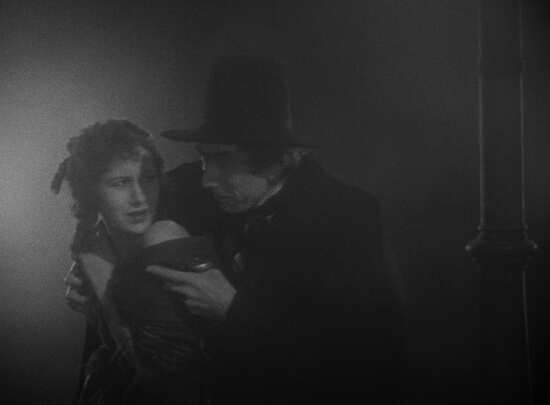
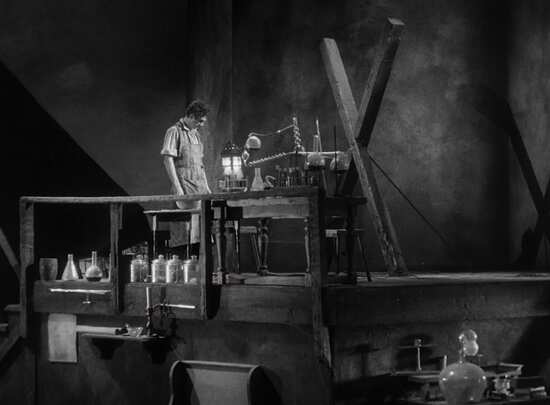
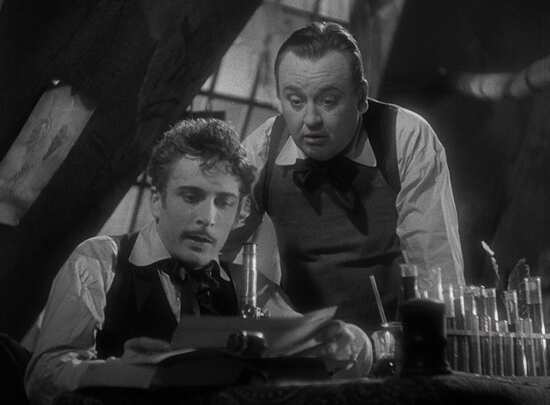
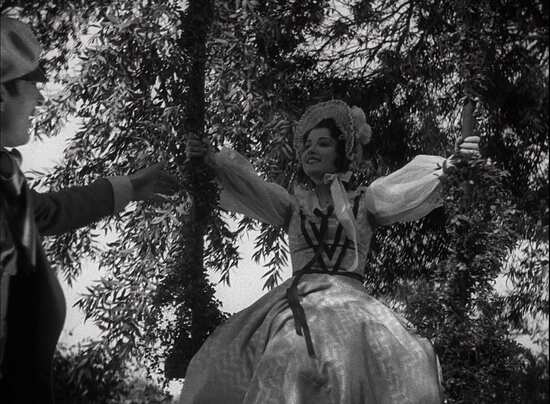
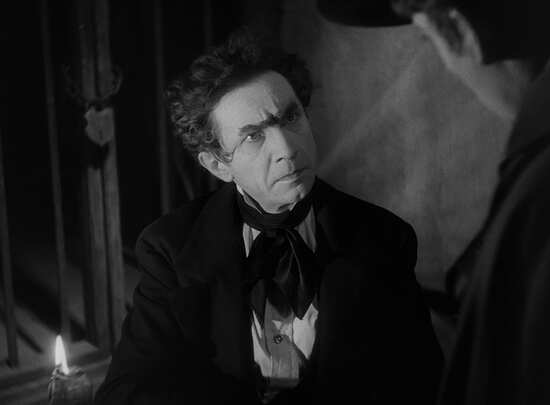
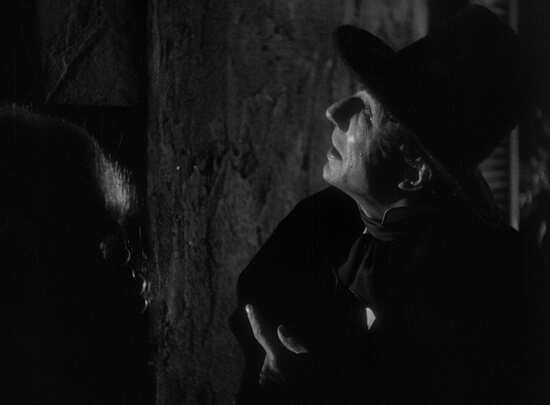
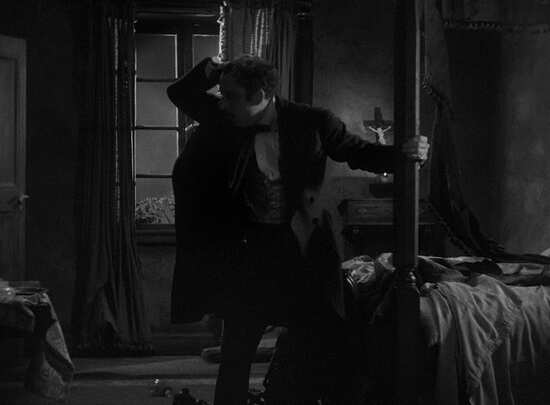
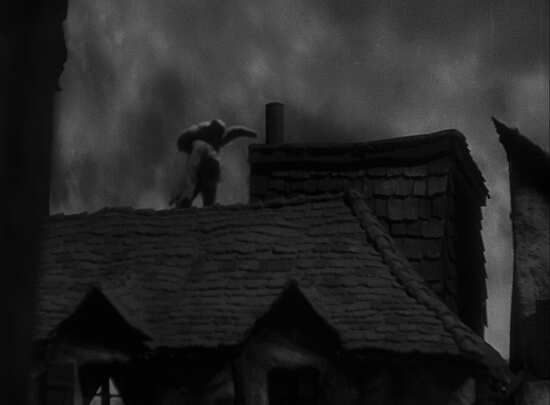
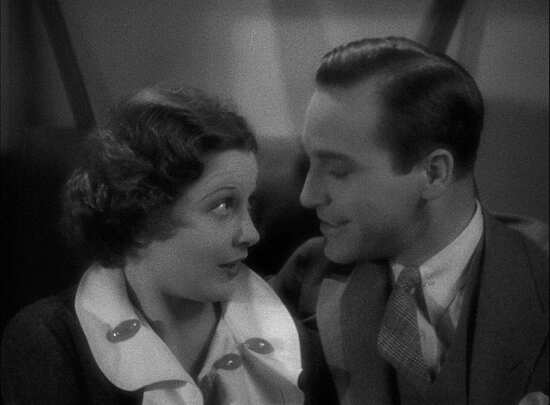
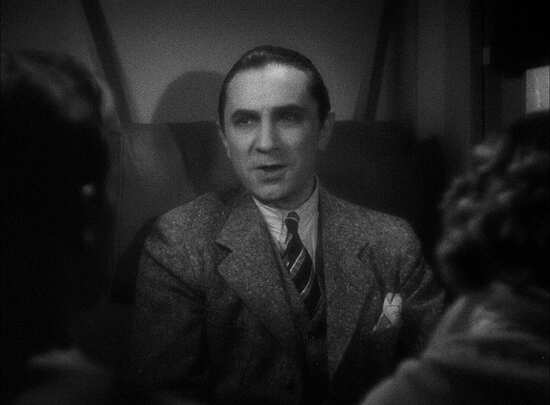
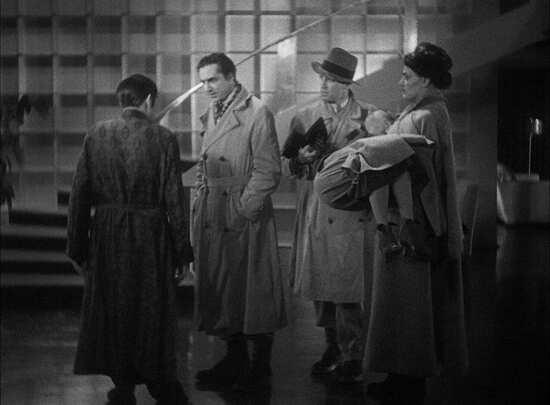
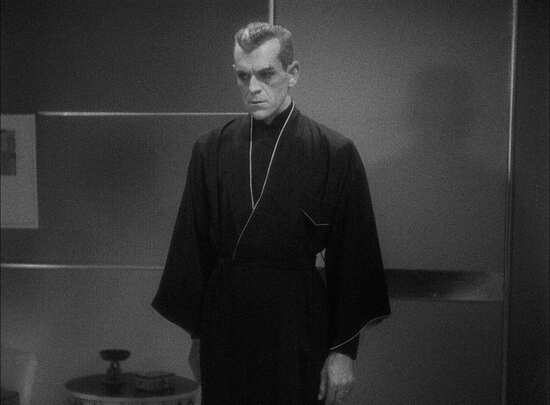
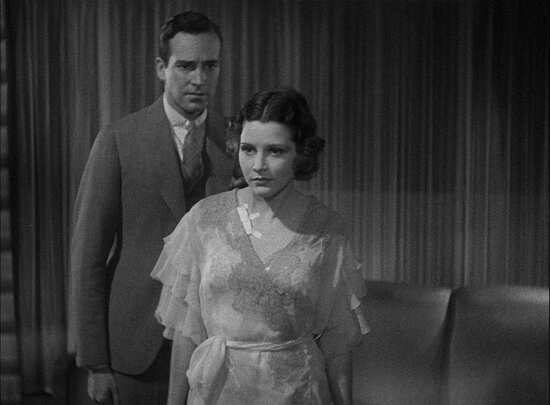
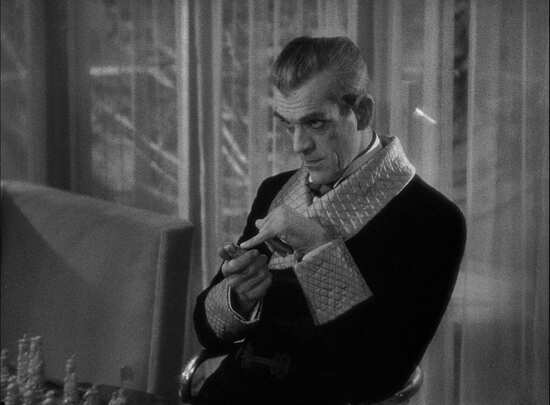
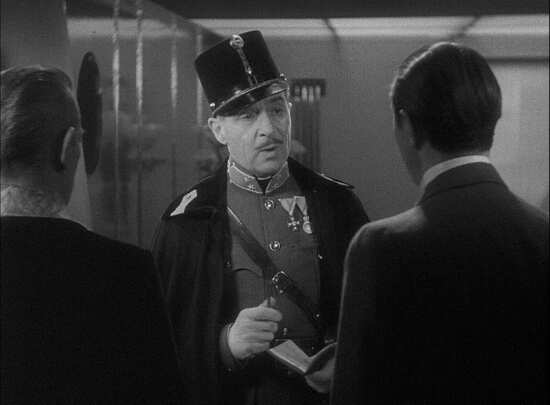
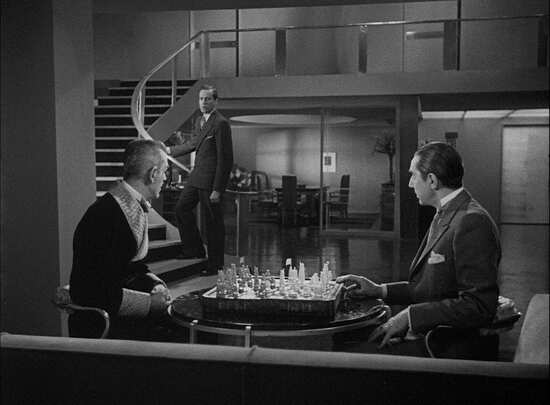
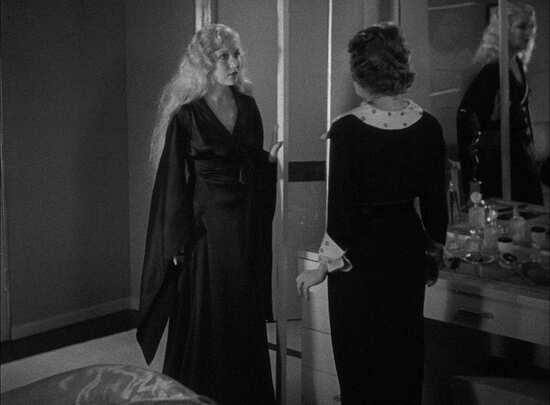
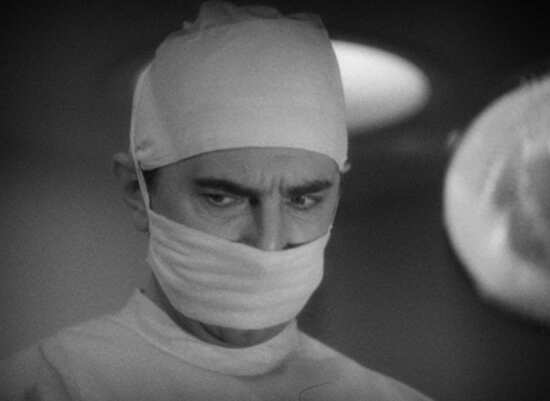
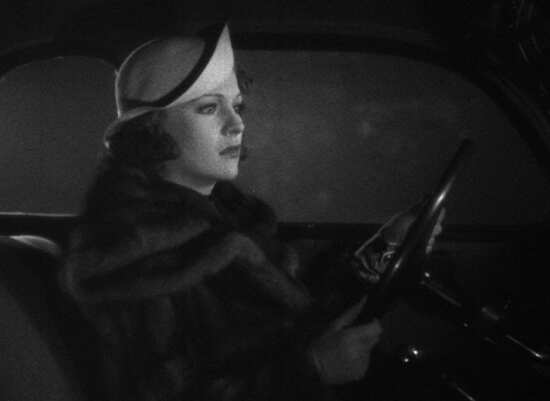
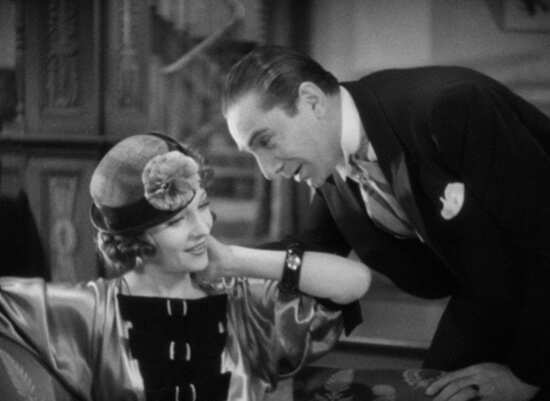

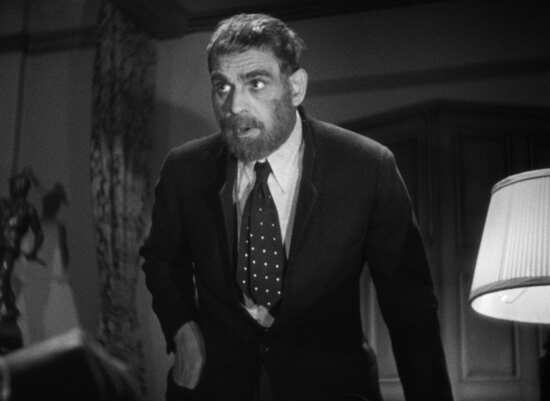
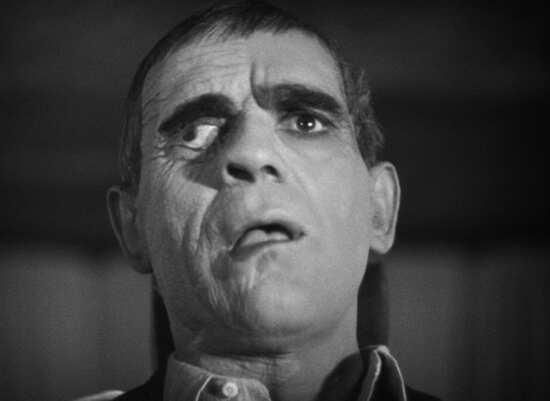
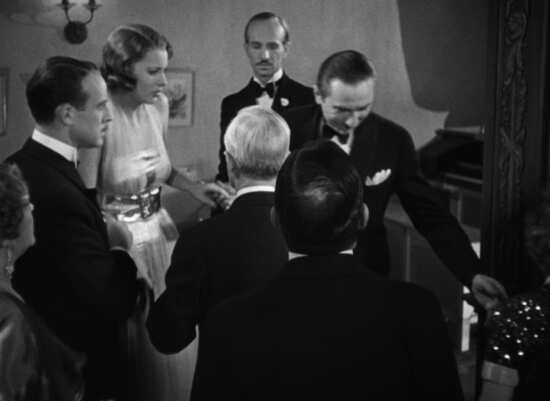
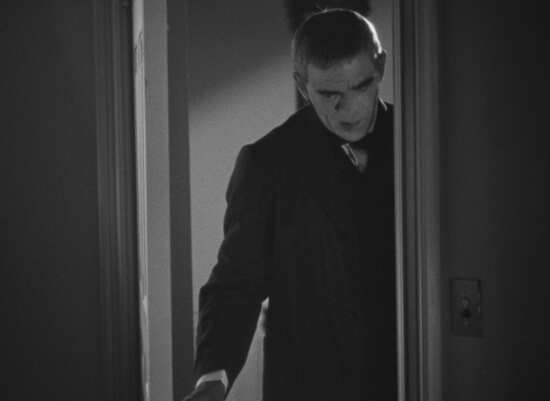
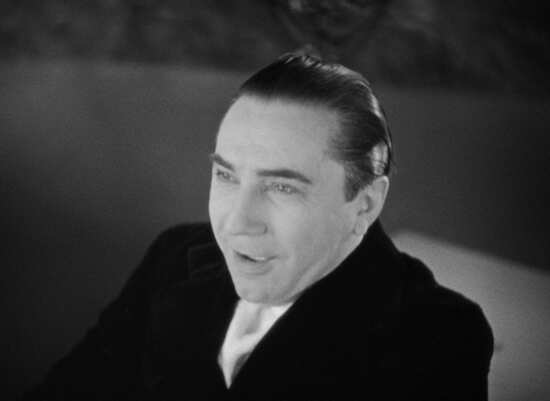
Your Opinions and Comments
Be the first to post a comment!